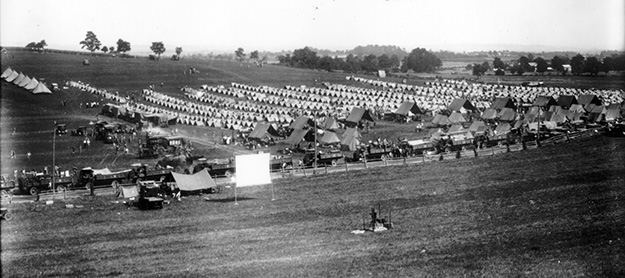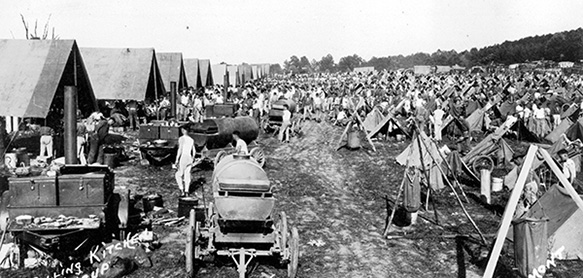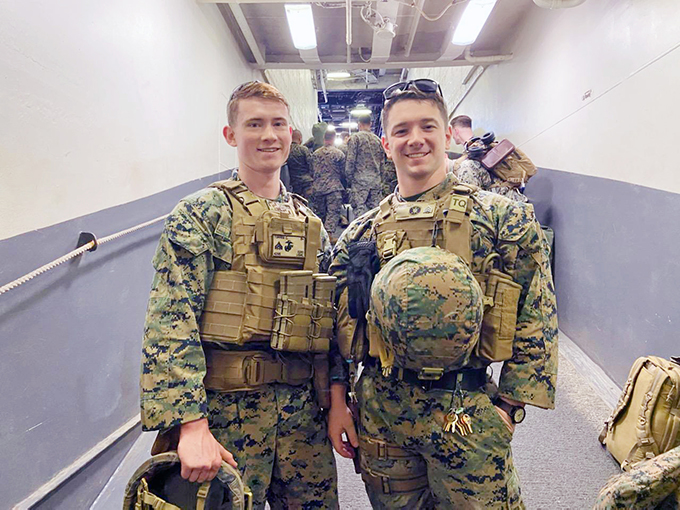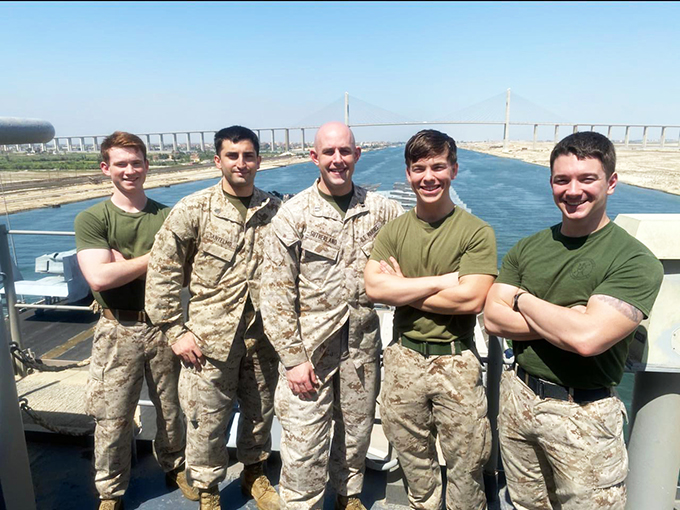Harvey Lee Wetzel
From Erecting Bridges to Disarming Bombs
by Richard D. L. Fulton
Harvey Lee Wetzel was born in 1947 in Waynesboro to parents, Clarence and Elsie Wetzel, and he and his family lived in Thurmont, where Wetzel graduated from Thurmont High School in 1965. Wetzel presently resides in Indian Head, Maryland with his wife, Sandy. They have three children: Jackie, Chris, and Andrea.
Wetzel enlisted in the U.S. Marine Corps in 1965, only months after graduation, then to boot camp at Parris Island, South Carolina, and, after a brief assignment with Infantry Training Regiment and the 2nd Engineer Battalion at Camp LeJeune, North Carolina. Wetzel was transferred to Camp Pendleton, California where he was assigned to the 3rd Bridge Company, 7th Engineers Battalion.
His first deployment was to Vietnam, where he was stationed for 13 months, from 1966 to 1967. During his time in Vietnam, he rose from the rank of lance-corporal to corporal, and ultimately sergeant.
The 3rd Bridge Company, as the name would suggest, entailed repairing and erecting various types of bridges – which included fixed and floating bridges – and roadwork as necessary in order to maintain reliable supply convoys for reaching the convoys’ designated destinations.
During this deployment, the 3rd Bridge Company opened the first supply road from Dong Ho to Khe Sanh, which was essentially established utilizing an old French road that had become heavily overgrown. During the establishment of the road, Wetzel said the unit encountered communities whose inhabitants had never seen a motorized vehicle.
At the end of his 1966-1967 deployment, Wetzel returned to Camp Pendleton and Twenty Palms, California, until he reenlisted in 1969, which resulted to his assignment at Maine Barracks Bermuda. After 12 months in Bermuda, he deployed on his second deployment to Vietnam with the 1st Engineer Battalion, consisting of a six-month stint spanning from 1970 into 1971.
Duties during this deployment entailed much the same as the previous deployment, with the added responsibilities of sweeping the roadways for mines, ‘rehabilitated” damaged or otherwise-ruined assets, and “rehabilitated” or helped repair the military infrastructure.
During both deployments, Wetzel was based at Dong Ho, Hill 37, and in the Da Nang area at Landing Zone “Ross,” and at Landing Zone “Baldy (also known as Hill 63).”
Subsequently in 1971, Wetzel was transferred back to the states on a “Humanitarian Transfer,” following the death of his father. Such transfers were granted to those who actually represented as being a family’s “only child.’
From 1974 to 1975, Wetzel attended Explosion Ordnance Disposal (EOD) school, and received training in how ordnance functioned which helped the rendering ordnance safe ranging from mines and improvised explosive devices, to rockets/missiles, and even nuclear weapons, which included disarming weapons that failed to fire when triggered.
Upon completing the training in 1975, Wetzel was sent to Japan to provide EOD support to the Marine Air Wing. His duties were to support flight operations.
Wetzel was assigned to Marine Corps Recruit Deploy from 1974 to 1977 as Drill Instructor, senior drill instructor, and series gunnery sergeant meritoriously promotion to the rate of gunnery sergeant.
In 1977 through 1979, he served at Camp Pendleton as part of the Marine Corps Base EOD team, and in support of the other EODs. Tasks included support of range operations and rendering safe ordnance that failed to exolode. 1979 and into 1980, Wetzel was sent back to Japan, and to North Korea and the Philippines, the assignments being repetitive of those rendered within his initial service in Japan. “We (the EOD team) supported the air-wing wherever they went,” he said.
In 1980, he was assigned to the Marine Corps Detached Joint Service installation at Indian Head, Maryland, where he was involved in revising training manuals and standardizing EOD-related procedures.
Wetzel considered himself retired after his assignment to the Marine Corps Detached Joint Service installation, but instead he found himself recalled to active duty during Operation Desert Storm.
He said he was not deployed overseas but did spend “about three months sitting on my butt” in Marine Corps Base Camp Lejeune in North Carolina, filling in for EOD technicians who were deployed. At this time Wetzel, Son and Daughter were on active duty. His son went on to retire from the Coast Guard with 30 years of service at the rank of CWO4.
Finally retiring from the Marine Corps, Wetzel continued on as a government contractor, serving as a senior engineer on EOD-related projects. After the contracts ended, he worked at Lowes, “just counting nuts and bolts,” until he officially retired in 2012.
Today Wetzel enjoys photography and belongs to a number of photography/camera clubs, and he enjoys traveling.
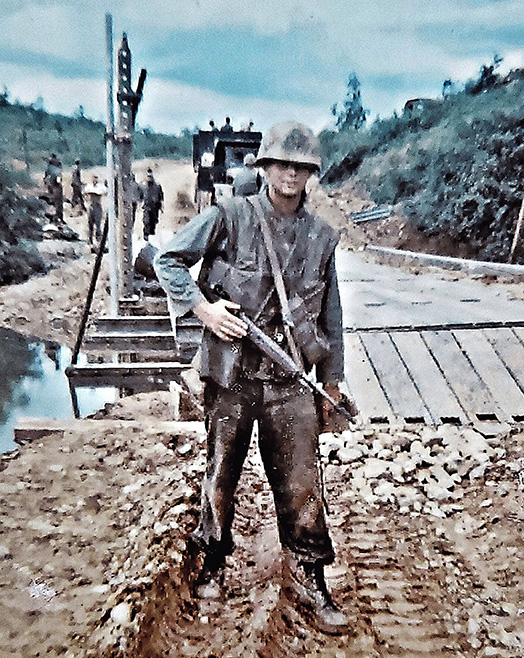
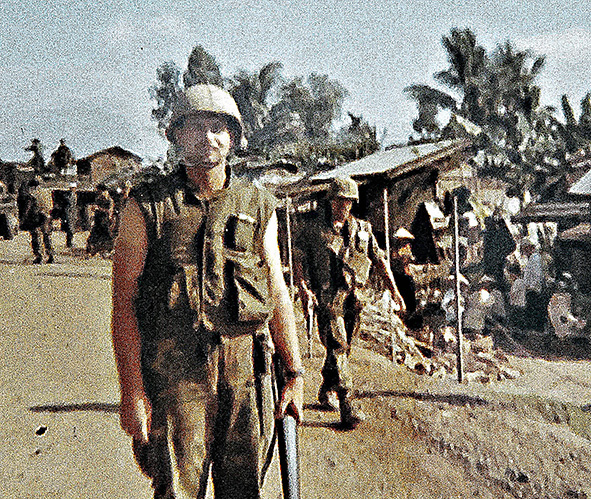
Photos Courtesy of Harvey Wetzel

